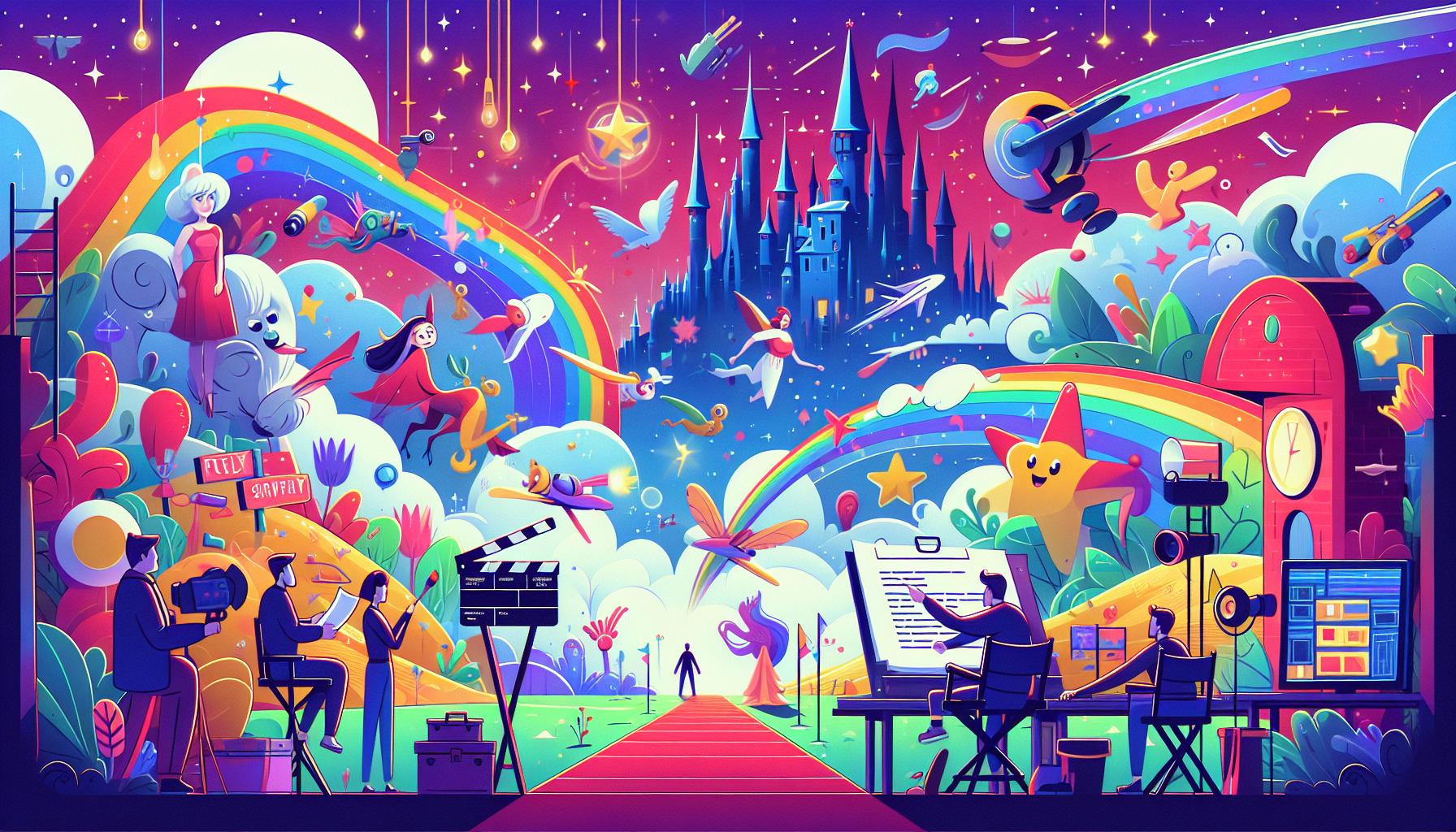
Understanding Animation Movie Tropes
Animation movie tropes are recurring themes or elements that appear across a range of films in the genre. These tropes can include character archetypes, plot devices, or specific storytelling techniques. Recognizing and understanding these tropes is essential for any screenwriter aiming to master the art of animation storytelling. They serve not only as a foundation for developing engaging narratives but also as a bridge connecting the screenplay to its audience through familiar and beloved conventions.
Essential Animation Movie Tropes to Know
The Hero’s Journey
At the heart of many animation films lies the classic Hero’s Journey. This narrative structure involves a protagonist who is called to adventure, faces challenges, receives assistance, and ultimately returns home transformed. Incorporating this archetype into your screenplay can offer a time-tested framework for character development and plot progression.
The Sidekick
No animated hero embarks on their quest alone. The sidekick trope is pivotal in animation, providing comic relief, emotional support, or valuable skills to assist the protagonist. This character often endears themselves to the audience, offering another layer of engagement with the story.
The Morally Ambiguous Villain
Modern animation has evolved the concept of the villain, often presenting antagonists with complex motivations and backstories. This trope allows for more nuanced conflict and can challenge the audience’s perceptions of right and wrong, adding depth to the narrative.
The Magic Element
Whether it’s a talking animal, a mystical power, or an enchanted object, the inclusion of a magic element is a staple in animation. This trope expands the creative possibilities for the screenplay, enabling the story to break free from the constraints of the real world.
The Transformative Lesson
Almost invariably, animation movies encapsulate a moral or lesson that the protagonist learns, which in turn facilitates their inner transformation. This aspect can be used to convey meaningful messages to the audience, making the story not only entertaining but also enriching.
Subverting Tropes for Originality
While leveraging familiar tropes can be effective, the key to a standout screenplay often lies in subversion. Flipping a trope on its head can surprise and delight audiences who expect the conventional. For instance, what if the sidekick is the one with the more compelling hero’s journey, or the villain is actually right? Such twists can inject freshness into your story, making it memorable and impactful.
Integrating Tropes into Your Screenplay
To masterfully include tropes in your animation screenplay, it’s essential to first deeply understand their traditional use and audience expectations. From there, consider how these elements can serve your story uniquely. Ensure that each trope aligns with and enhances your narrative and character arcs, rather than merely being included for convention’s sake. Lastly, balance familiarity with innovation, crafting a screenplay that feels both comforting in its use of beloved tropes and exciting in its originality.
Animation movie tropes are powerful tools in the screenwriter’s arsenal. When used with intention and creativity, they can elevate your screenplay, resonating with audiences and critics alike. By understanding, embracing, and sometimes subverting these conventions, you’ll be well on your way to crafting engaging, memorable animation stories.






